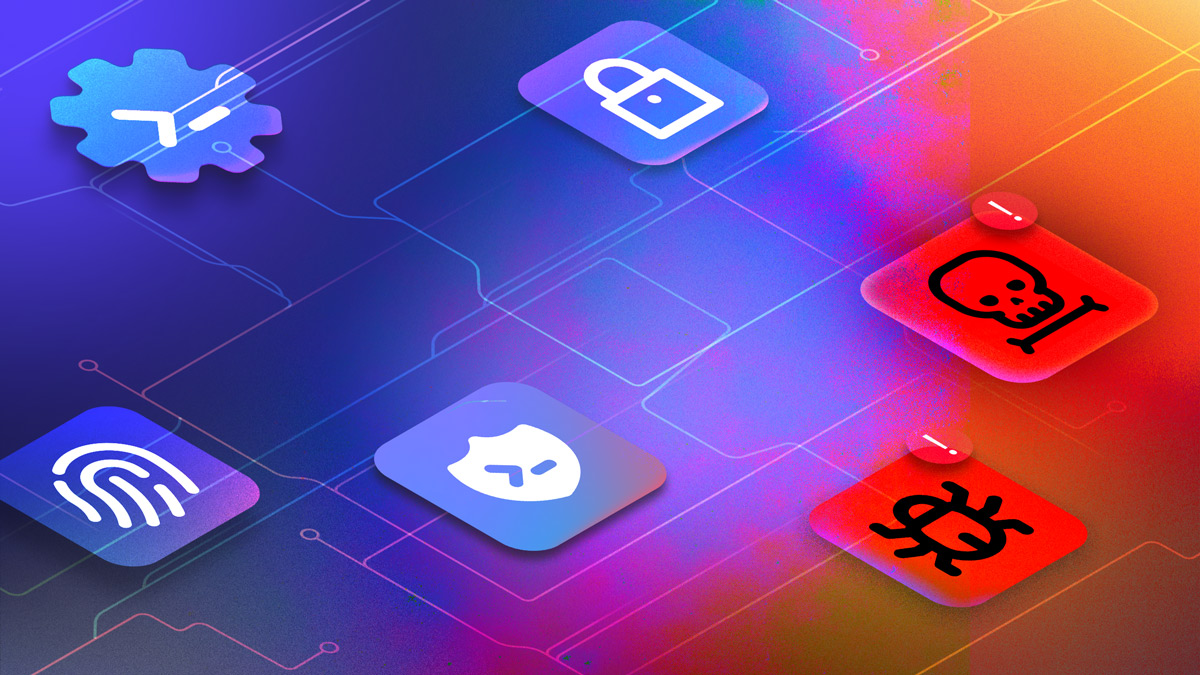4 Key Behaviors for Cybersecurity Awareness Month (and Beyond)

October is Cybersecurity Awareness Month. This month, global governments and private sector organizations partner to raise awareness around personal and professional cybersecurity best practices.
2023 theme: Secure our world
The theme for the 20th Cybersecurity Awareness Month is Secure Our World, and the focus is on our digital interconnectedness and the role that each of us plays in cybersecurity. There are resources and recommendations available for business, product, and personal security as well as four key behaviors highlighted to practice:
- Using strong passwords and a password manager.
- Turning on multi-factor authentication (MFA).
- Recognizing and reporting phishing.
- Completing software updates.
How does Cybersecurity Awareness Month apply to mobile app security and why should app publishers use this time to evaluate their own security practices for the next year? As global mobile app usage grows, securing our world depends more than ever on a comprehensive mobile app security strategy. With that in mind, here are four key mobile app security behaviors to implement this month, and beyond.
Four practices to implement for Cybersecurity Awareness Month (and beyond)
Practice 1: Learn from existing cyber threats to protect against future attacks
The threat landscape is changing rapidly, and it’s important to ensure that each build of your app is more secure than the last. The best way to accomplish this is by leveraging threat intelligence in your mobile app security strategy.
Mobile threat monitoring can give you insight into how threat actors are targeting your app, which enables you to respond to threats by developing more advanced security responses in subsequent builds. In addition to collecting and analyzing metadata like app version, device types, and code location for detected threats, you can also consolidate the information with data from your customer relationship management or fraud monitoring systems to detect fraud and build robust threat actor profiles.
Practice 2: Add resilience to your security strategy
Threat actors target apps using static or dynamic analysis attacks. While static analysis is concerned with reverse-engineering your app by accessing the internal logic to extract data or commit intellectual property theft, dynamic analysis attacks attempts to tamper with your app at runtime. While many app publishers implement security controls to protect against static analysis attacks, some neglect to protect their mobile apps at runtime.
Adding resilience to your mobile app security approach is the best way to safeguard your app against attacks. A great place to start is with OWASP’s dedicated resilience recommendations, which include adding runtime application self protection (RASP), polymorphism (changing the implementation of resilience techniques used in the application with each new build), multiple layers of protection to your mobile application as well as incorporating elements of unpredictability.
Practice 3: Adopt a mobile app security framework
Mobile app developers are often unsure of how to start and what type of security measures are needed to protect their app. Here’s where OWASP’s Mobile Application Security Verification Standard (MASVS) can help. MASVS is an industry-acknowledged standard for mobile app security that provides both a baseline and benchmark for security requirements.
Covering security in seven control groups, MASVS provides recommendations for everything from storage of secure and sensitive data on a device to best practices for data processing and mobile app updates. Adhering to MASVS can help you develop a more secure app, achieve compliance, and pass internal audit and testing requirements.
Practice 4: Incorporate mobile app security testing earlier in the development lifecycle
Your security team may leverage pentesting, but it usually occurs later in the software development lifecycle (SDLC) and is focused on very specific goals — often around regulatory requirements. Consequently, for a broader understanding of and better visibility into any security risks within your mobile apps, it’s important to also perform mobile app security testing (MAST) early on and throughout the SDLC.
When you integrate MAST early on in the development lifecycle, your team is more likely to catch security risks when they are easier to correct and farther from your app’s publishing deadline when security gaps can be more time-consuming and, therefore, expensive and difficult to correct.
Cybersecurity Awareness Month and mobile application security
With awareness campaigns like Cybersecurity Awareness Month, it’s clear that governments and private sector organizations are striving to make cybersecurity a priority around the globe. Considering the role that mobile application security plays in cybersecurity is crucial, it’s important that app publishers are aware of the changing threat landscape and the threats most relevant to their app.
Implementing these key behaviors can help protect your app against common security issues that may result in data loss, intellectual property theft, and negative impact to your revenue and reputation.
Executive Summary (TL;DR)
- October is Cybersecurity Awareness Month, and this year’s theme is Secure Our World, with a focus on four key behaviors: using strong passwords, multi-factor authentication (MFA), recognizing and reporting phishing, and updating software.
- Cybersecurity Awareness Month is a great time for mobile app publishers to better understand the growing importance of mobile app security and how to protect their apps from threat actors operating in a constantly changing threat landscape.
- Four key behaviors to practice this month and beyond: learning from existing threats to protect against future ones, practicing resilience as part of a comprehensive security strategy, implementing mobile app testing early in the development lifecycle, and adopting a security framework like OWASP.




